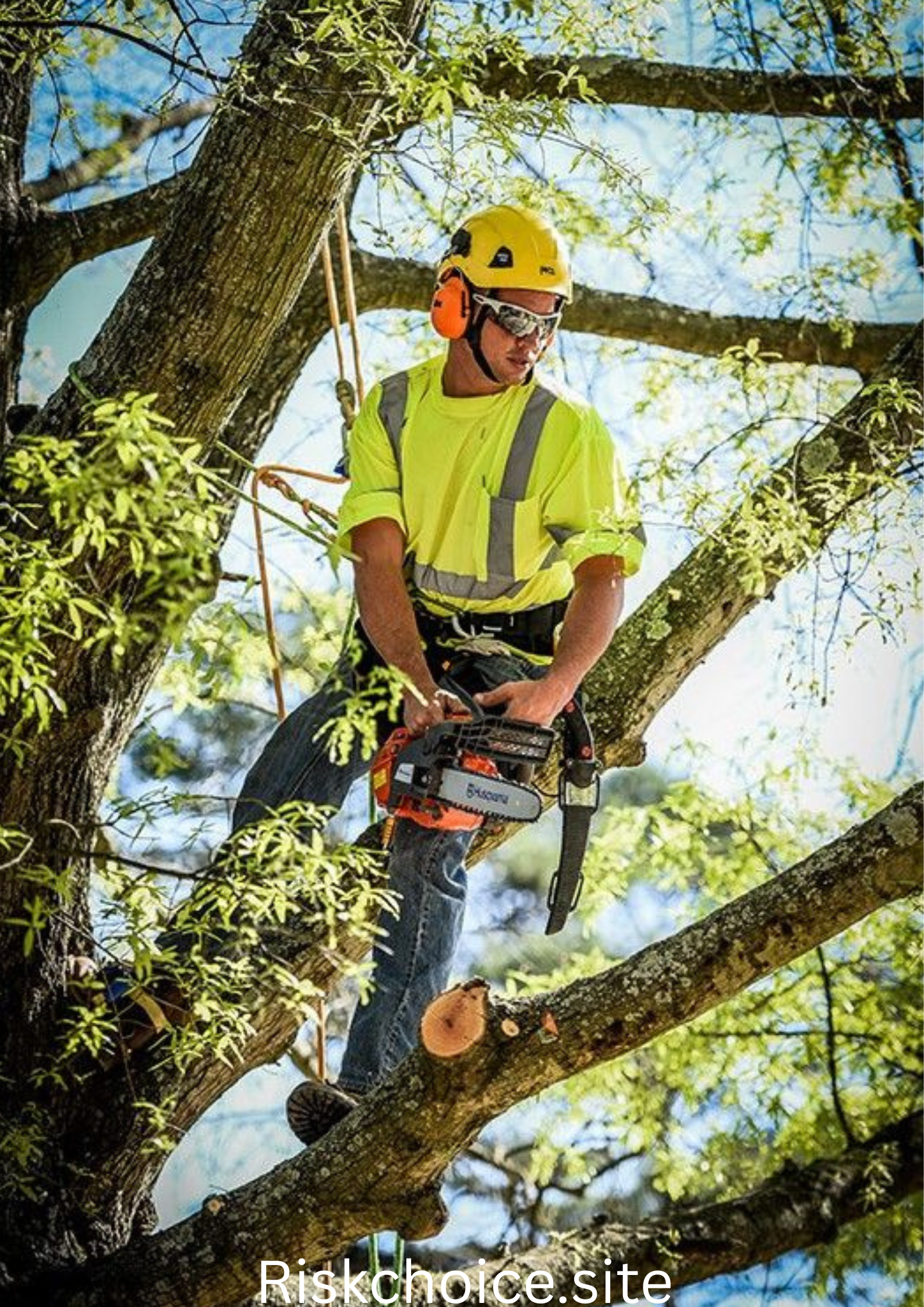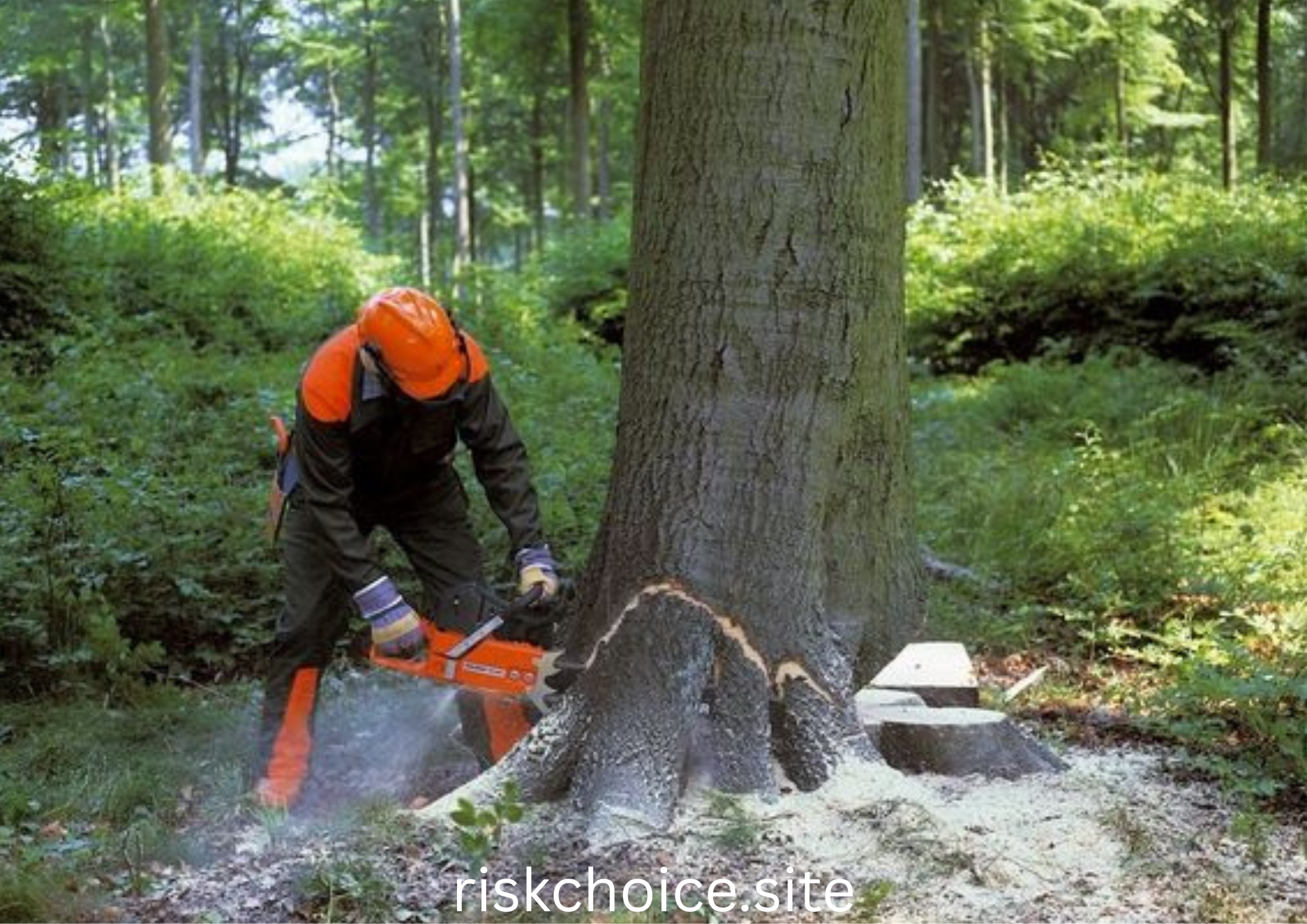
Managing a tree removal or maintenance company is no minor task. The work involves major hazards from operating heavy tools like stump grinders and wood chippers to climbing tall trees. Tree business insurance is so not only a wise investment but also a need. Whether you run a full-scale tree service company, a tree trimming business, or are a licensed arborist, appropriate insurance covers your firm, employees, and customers.
Here we will go over what you need to know about tree business insurance, including:
What is it?
Why then do you need it?
Topics it addresses
The expense is what?
Advice on selecting appropriate policy
Describe Tree Business Insurance.
Designed for companies engaged in tree care, tree removal, pruning, stump grinding, and associated landscaping services, tree business insurance is a specific form of insurance coverage. It blends several policies to cover liability, property damage, injuries, tools, and more.
Most general liability insurance policies do not cover the high-risk nature of the tree service business—like falling branches, power line risks, or chainsaw accidents—unless expressly customized especially for arborists and tree service providers.
Why Would You Want Tree Business Insurance?
Every day tree service companies run several dangers. Tree business insurance is essential for the following just a handful of reasons:
1. High Risk Activities
Tree removal sometimes calls for hazardous tools, high-altitude operations, and erratic tree behavior. One error might bankrupt your company without appropriate coverage.
2. Responsibility for Property Damage
Should a tree you remove cause damage to a customer’s house or car, you could be liable for thousands of dollars in repairs. Insurance picks up these unanticipated expenses.
3. Employee Damage
Workers’ compensation insurance can cover medical bills, missed earnings, and rehabilitation should one of your employees have an injury on the job.
4. Client credibility and trust
Being insured presents to clients a competent and ethical company. Many homeowners and business clients refuse to pay for a tree service lacking insurance.
5. Legal Aspects
Operating a tree service company legally in many states or municipalities requires insurance. You could be fined or have business suspended without it.
Types of Insurance Coverage Available to Tree Companies
You probably need a mix of insurance plans if you want your tree company completely protected. The most critical ones are broken out here:
1. Liability Insurance Generally Speaking
This addresses claims for personal injury, property damage, and third-party physical injury. It’s crucial should a tree fall the incorrect direction or equipment cause harm to a client’s house.
2. Commercial vehicle insurance
Usually, tree firms make use of chippers, trucks, and trailers. While driving for work, commercial auto insurance addresses liability, vehicle damage, and accidents.
3. Workers’ Compense Insurance
Most states mandate this coverage, which covers medical bills and missed income should an employee be harmed on the job. You have employees.
4. Tools and Equipment Coverage
Tree service jobs call for costly tools including climbing gear, bucket trucks, and chainsaws. Should theft or damage result, this insurance addresses repair or replacement.
5. Professional Liability Insurance—Errors and Omissions
This policy will guard you should an error or oversight in your tree care recommendations result in financial loss or harm to a client.
6. Corporate Property Insurance
This coverage covers damage from fire, theft, storms, and more whether you run a business from a location or store your equipment in a garage or warehouse.

Generally what does Tree Business Insurance cover?
Although your provider may determine how much tree business insurance covers, normally these policies cover:
Third-party or staff injury claims
Client property damage
lawsuits, or legal claims
Equipment breaking in use or theft
Company truck vehicle mishaps
Accidents on-site during tree removal or cutting
Always find out from your provider what is and isn’t covered.
Not covered by Tree Business Insurance?
None of any insurance covers everything. Some such exclusions are listed here:
intentional harm
Problems with routine maintenance
Non-disclosed or falsely stated commercial operations
Illegal business practices or unlicensed labor
Verify whether your insurance company is aware of exactly the services you provide. Should you be using aerial lifts or climbing trees, you will want those hazards particularly mentioned in your coverage.
Tree Business Insurance Prices: How Much?
Several elements determine the cost of tree business insurance, including:
The extent of your company
The staff count is
Kinds of services you offer (pruning instead of removal)?
Location of your activities
Value of tools
Claims history
Project Cost Breakout: Coverage Type Average Monthly expense
general liability $150 to $250
Employee Compensation $200 – $500 Commercial Auto $100 – $300 Equipment Coverage Fifty to 150 dollars
These are approximations. Finding your actual rate is easiest by getting a personalized estimate from a reputable insurance company.
How to Select Appropriate Tree Business Insurance?
These are some important pointers on choosing the finest insurance for your tree company:
1. Deal with insurers particular to your industry.
Not all insurance companies know the particular hazards involved in tree maintenance. Search for businesses focused in insuring tree service providers or arborists.
2. Bundled Policies with Discounts
Most companies provide package offers. Combining general liability, car, and property coverage under one provider usually helps you save money.
3. Verify Enough Coverage Limit
If an insurance provides little protection, do not choose the most affordable one. Make sure your coverage restrictions fit the size and risk level of your company.
4. Inquire Regarding Certificates of Insurance
Before they hire you, many clients will ask for a Certificate of Insurance (COI). Make sure your provider can supply one fast and effortlessly.
5. Go over and update annually.
As your company expands—adding cars, staff, or services—make sure your insurance expands too. Review your policy once a year.
Advantages of Tree Corporate Insurance
Focus on your work knowing you are under protection to get peace of mind.
Meeting state and local standards helps you to avoid penalties and litigation.
Show clients your coverability and responsibility.
Financial Security: Steer clear of out-of-pocket accident or injury payments.
Practical Illustration
Suppose you are paid to take down a tree next to a client’s garage. A big limb breaks off suddenly and slams through the garage roof during the operation. The client files a lawsuit on damages of $25,000.
Should your tree business insurance cover you, your general liability policy would handle the claim, legal expenses, and repairs, therefore sparing your company a significant financial loss.
Final Notes
Tree care is a fulfilling but dangerous industry. One accident can be a financial catastrophe without appropriate insurance coverage. Whether you manage a team of 10 or are a lone arborist, long-term success and peace of mind depend on thorough tree business insurance.
Get proactive. Get quotes from reputable insurance companies, weigh your choices of coverage, and choose a policy best for your circumstances. In the cutthroat tree service market, insurance is more than just a safety net; it’s a weapon for professionalism, trust, and expansion.
Common Questions (FAQs)
If I are a solo contractor, do I need tree business insurance?
A: True. Even single tree experts run hazards. Insurance guards against claims for liability, equipment loss, and injury.
Q: If I work part-time, is tree insurance possible?
A: Perfect. While many insurers offer variable plans depending on company size and frequency, part-time tree service companies still need coverage.
Q: Will insurance pay for subcontractors?
A: Not necessarily. Subcontractors are required by some policies to carry their own insurance. Always ask your provider and acquire documentation from subs.
How quickly can I get insured?
Many times, you may obtain a quote and begin your insurance in as little as 24 to 48 hours.
